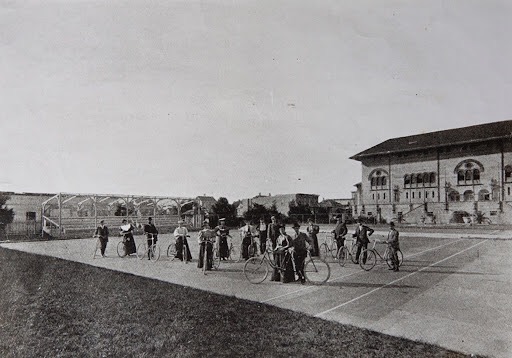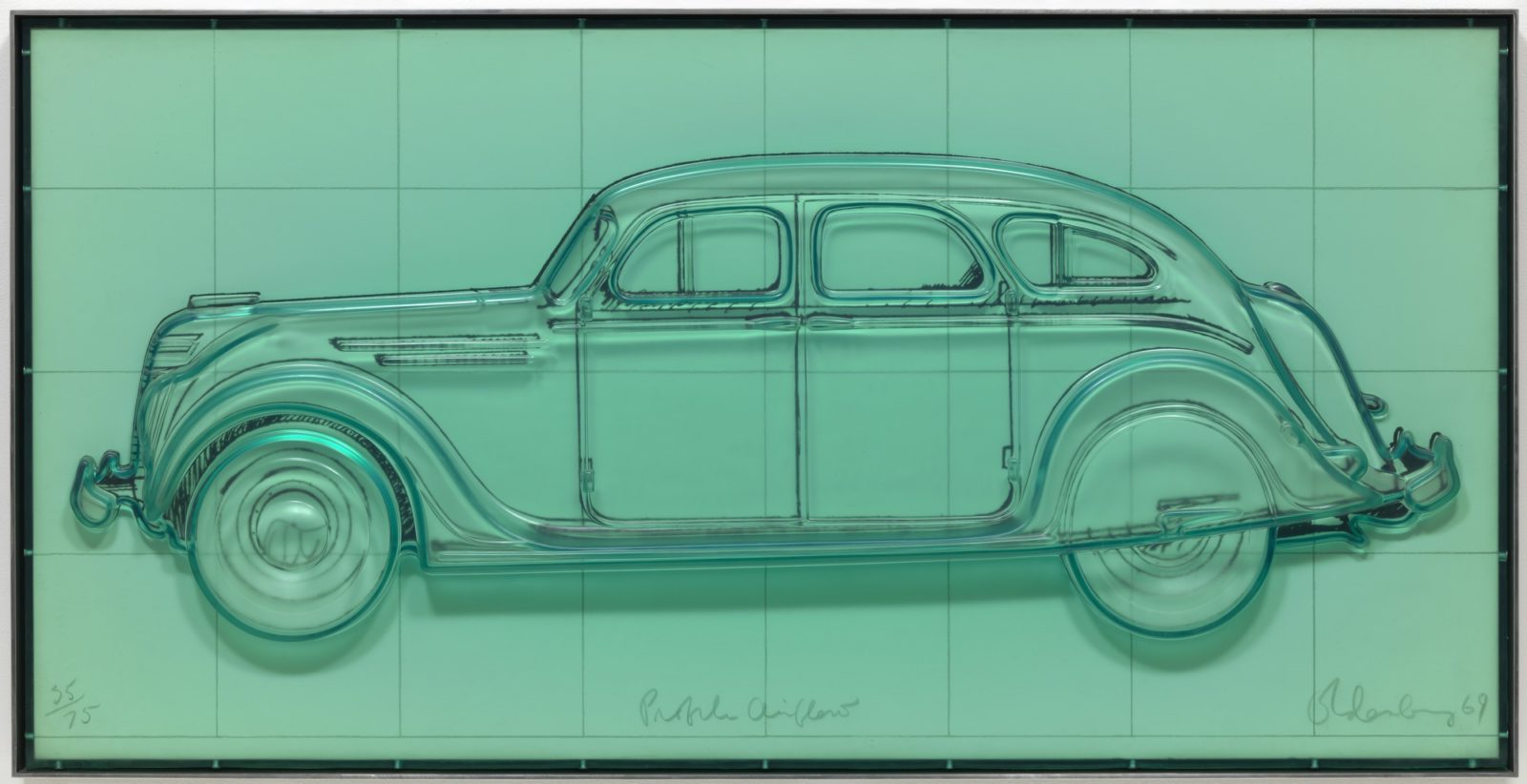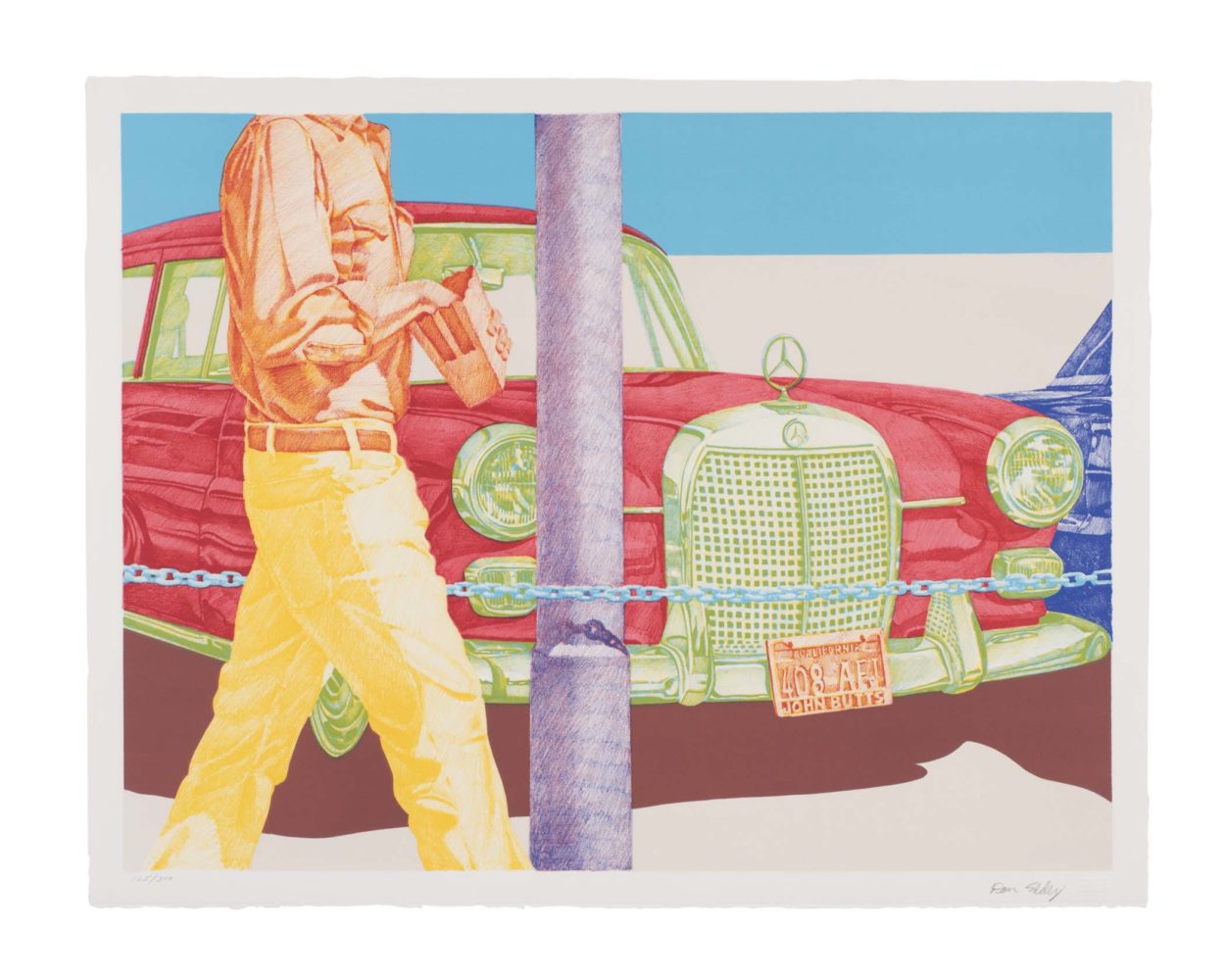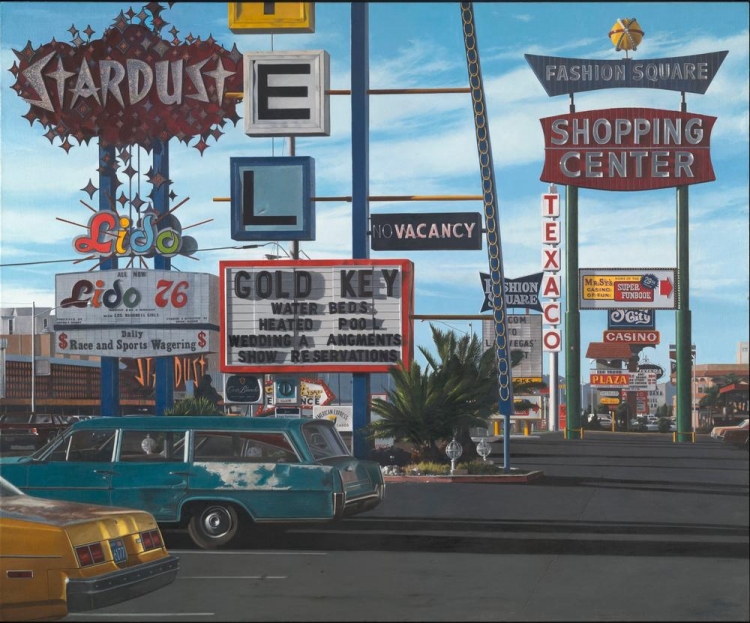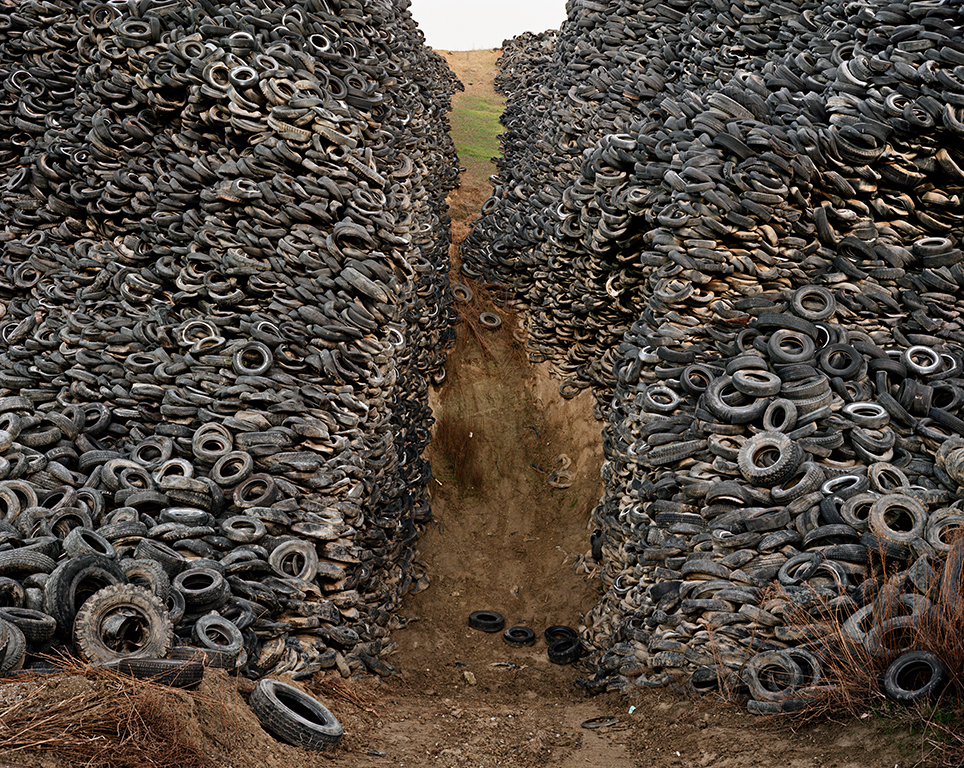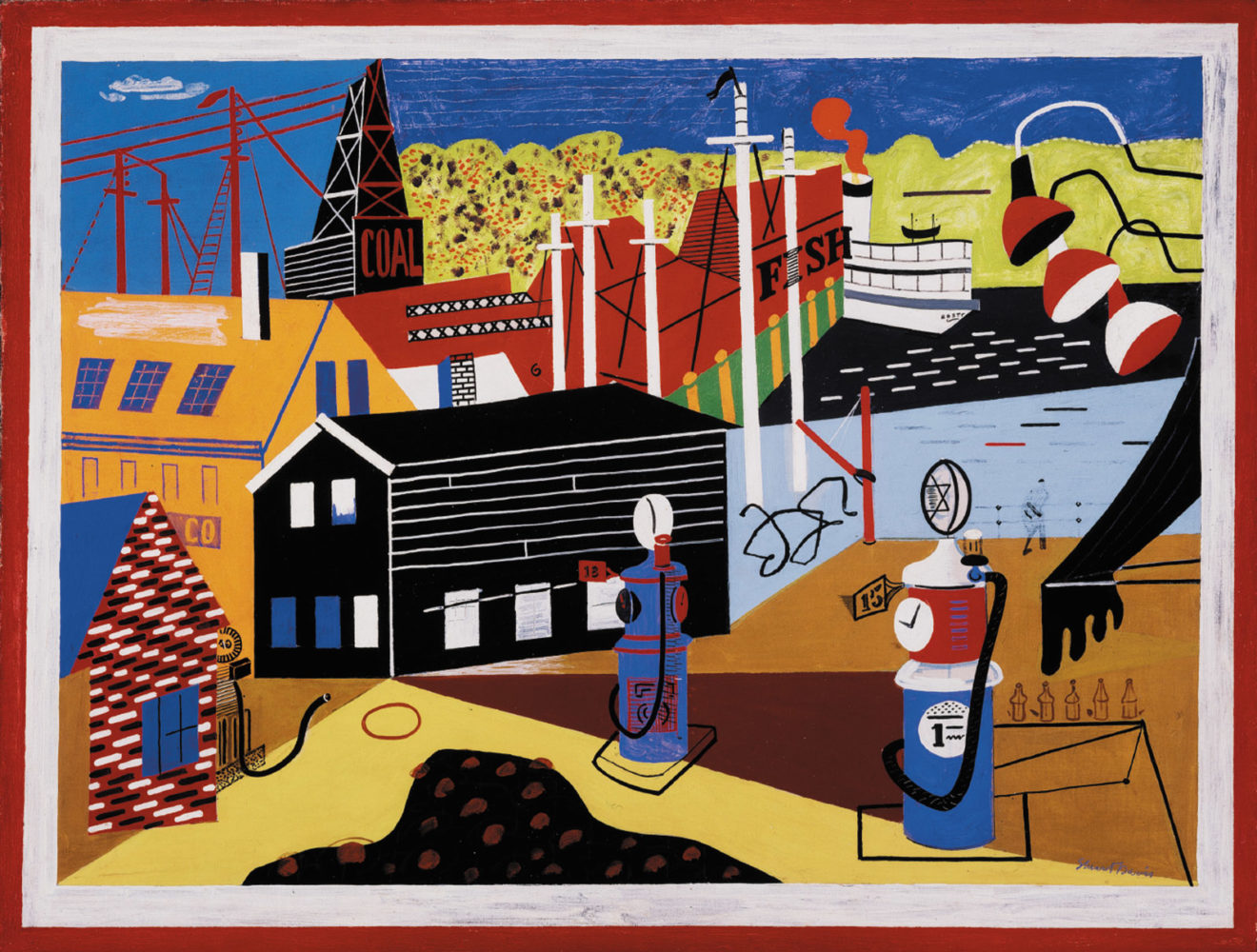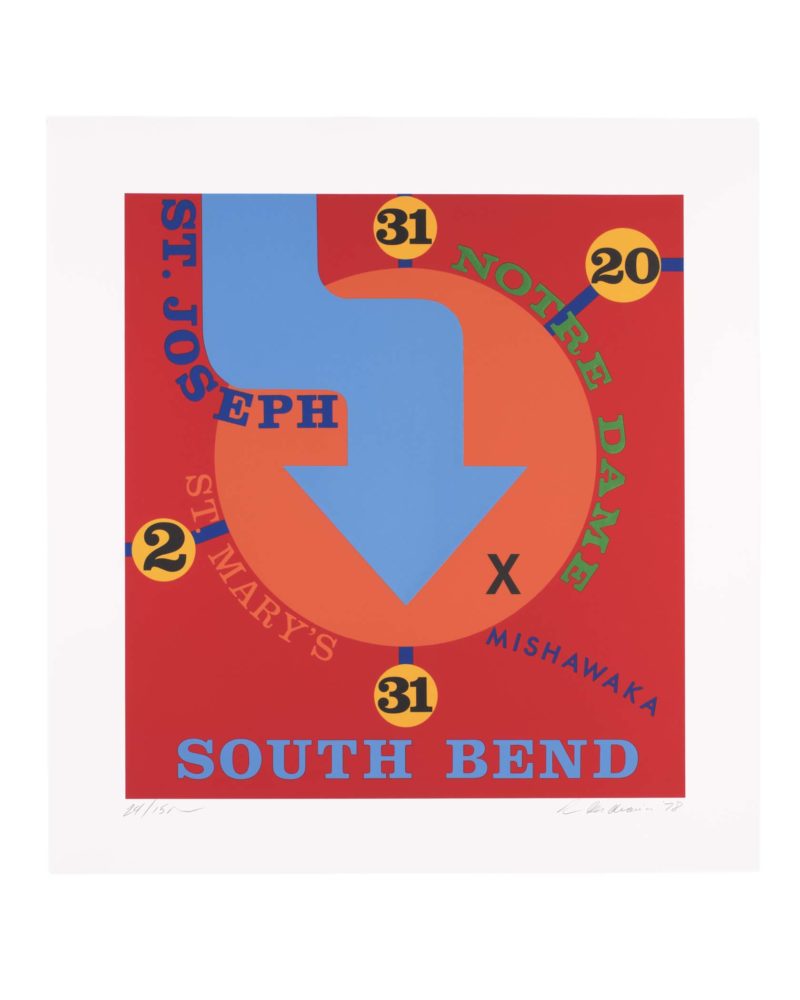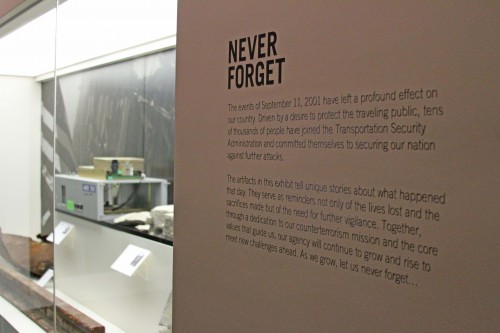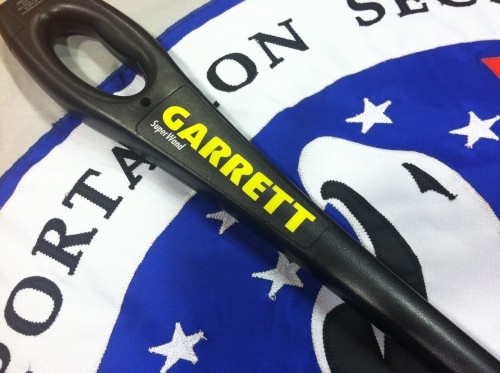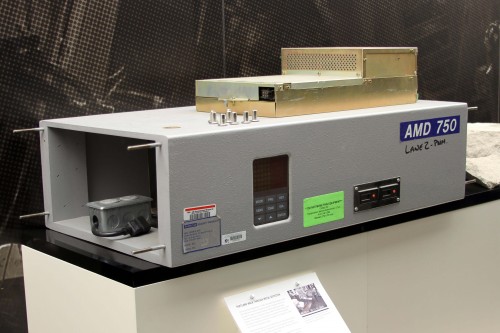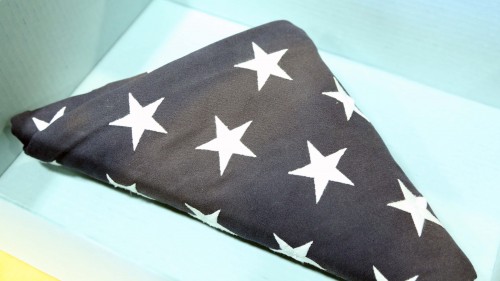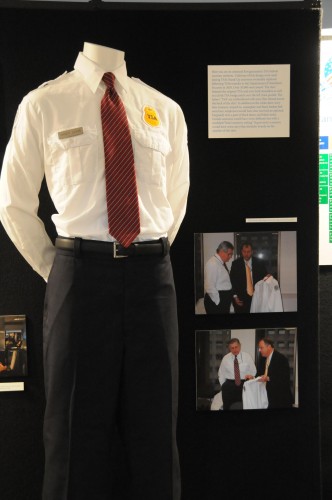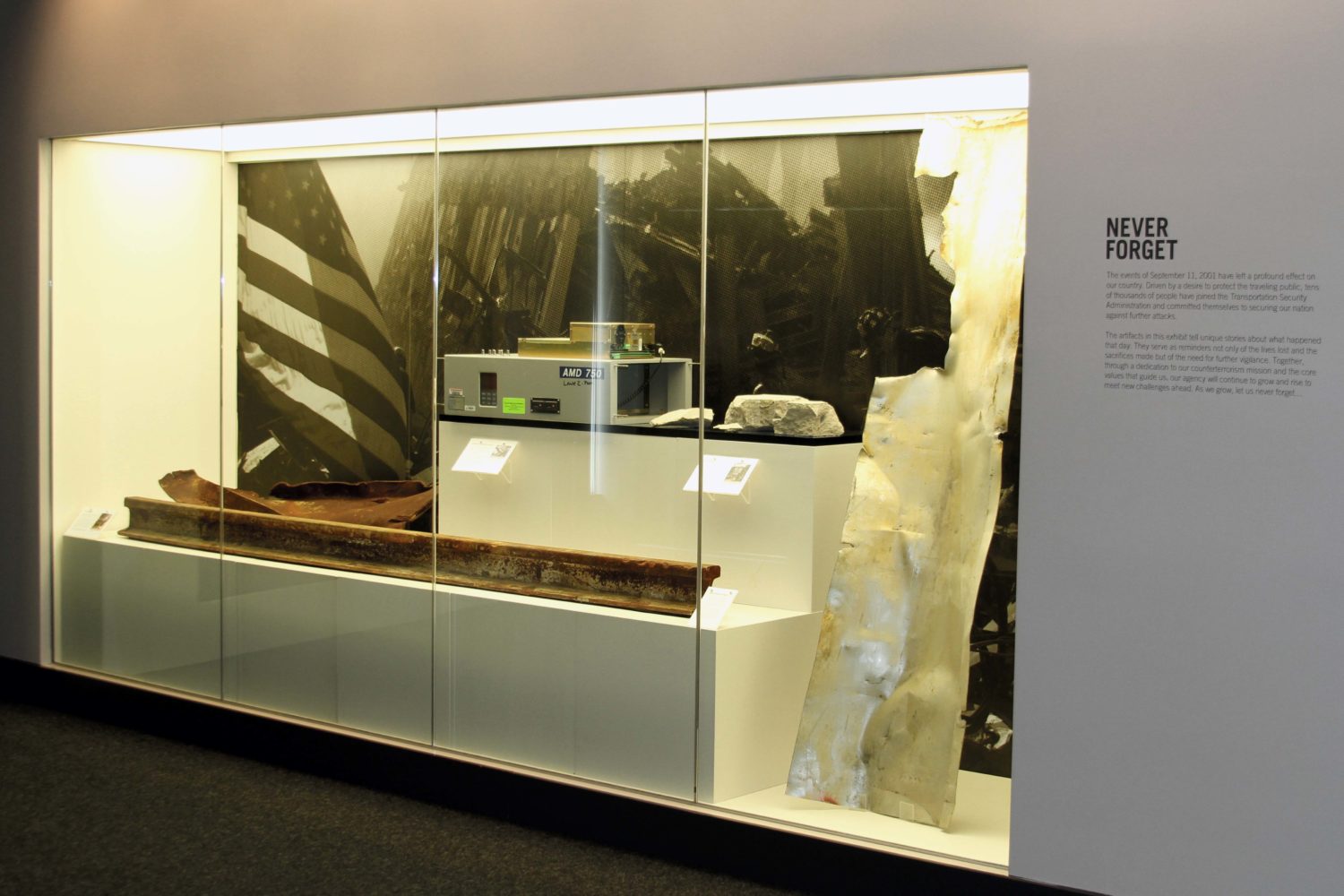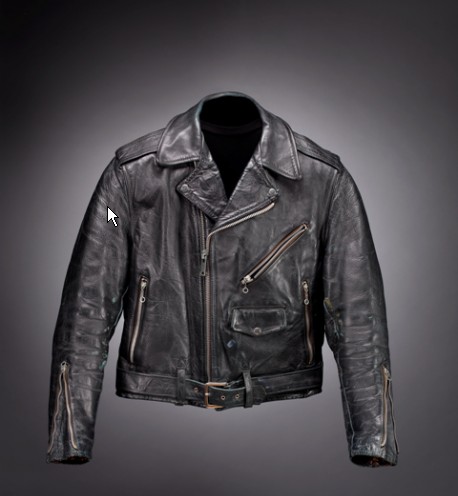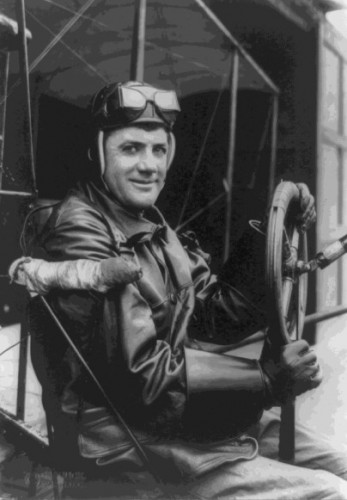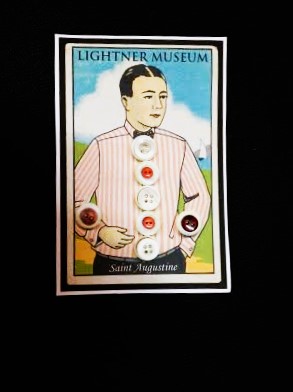
If we’re not in an airport, you’ll find the Stuck at the Airport team in a museum.
And if it’s a museum with some unusual collections, all the better.
The Lightner Museum in St. Augustine, Florida fits the bill.
And how.
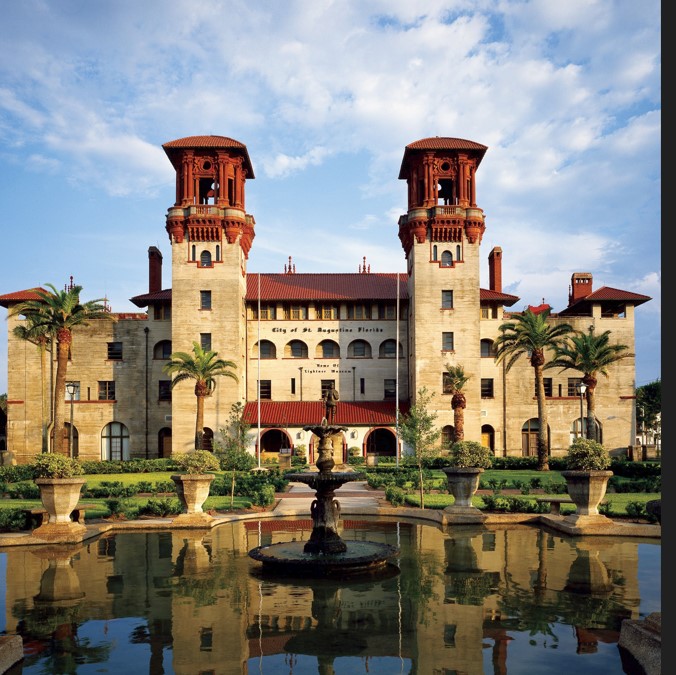
First built as the Hotel Alcazar in 1888, the building opened as the Lightner Museum of Hobbies in January 1948.
The museum was created by Otto Lightner, a great advocate of collecting and the publisher of Hobbies magazine.
Lightner promoted every kind of hobby, from collecting matchbooks and cigar labels to whittling wood. But he was also a great collector himself and had the means to amass a substantial personal collection of fine and decorative art, natural history specimens, Americana, and just plain stuff.
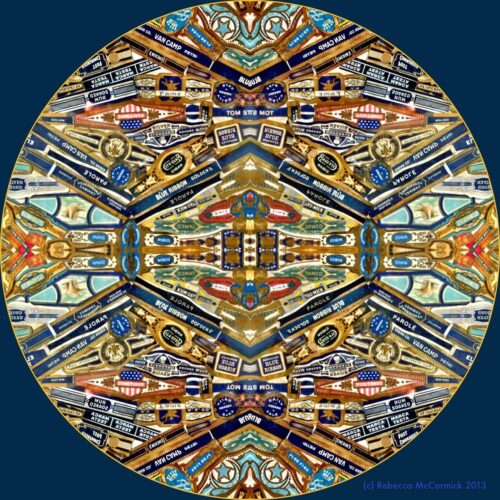
Lightner first opened a museum of hobbies in Chicago in 1934. And in addition to his eclectic and eccentric collections, he encouraged the readers of Hobbies magazine to send him their collections.
They did.
Following a stay in St. Augustine’s in 1946, Lightner purchased the Hotel Alcazar to serve as the permanent home for his collections.

The collections include lamps by Louis Comfort Tiffany, shells, geological specimens, a vast number of salt & pepper shakers, Victurian mechanical insturments, and hundreds of thousands of buttons.
We know there also some shrunken heads in the collection.
And in celebration of the museum’s 75th diamond anniversary in 2023, the museum is hosting a special exhibition titled, 75 for 75.
On display is a selection of artwork and objects from the museum’s permanent collection. The exhibit opens on February 2nd and we’re making plans to visit soon.
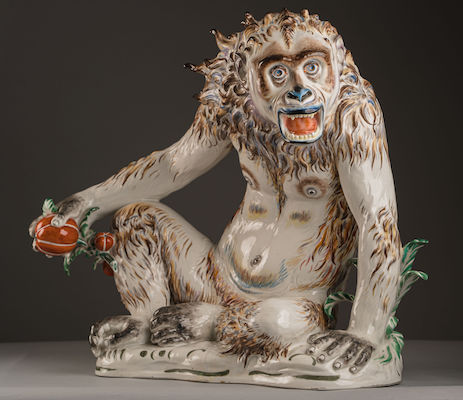
Ride On!
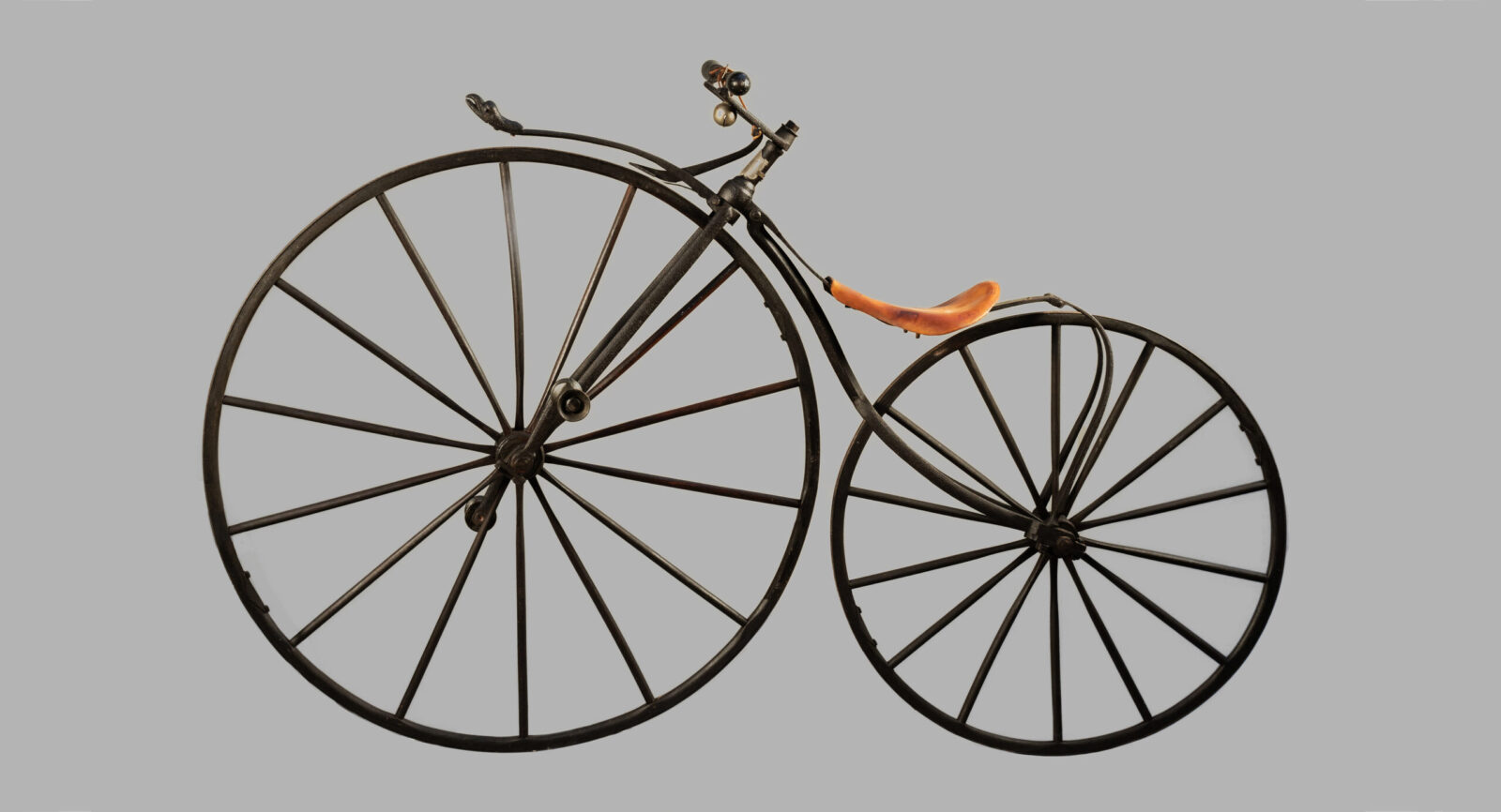
We love anything transportation. So the Lightner Museum’s new exhibit “Ride On!: Historic Bicycles from the Keith Pariani Collection,” is also of great interest.
Here are some of the exhibit notes on the early popularity of the bicycles and the Hotel Alacazar’s ‘bicycle academy:’
In the 1890s the bicycle took over the hearts and minds of Americans. By the early twentieth century, almost 300 bicycle manufacturing firms were established in the US. Swept up in the craze for cycling, the Lightner Museum’s historic building, the Hotel Alcazar, offered its own bicycle academy, allowing its guests to tour Gilded Age St. Augustine on two wheels.
First developed in Europe in the early nineteenth century, the bicycle took decades of design and engineering to make it safe and convenient for the average rider. The first popular models of the bicycle were high-wheeled and dangerous for unskilled riders because of the frequency of falls. However, with the invention of the “Safety” bicycle, the vehicle became a safer and more popular mode of transportation. The women’s safety bicycle, allowing for women’s dress, helped boost the bicycle’s popularity even more. By the 1890s, the safety bicycle was widely used in the U.S. by everyone, regardless of age or gender, for both transportation and recreation.
The “Ride On!” exhibit runs February 2 through September 30, 2023.
